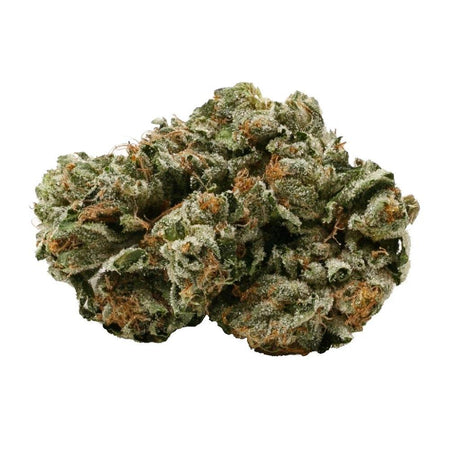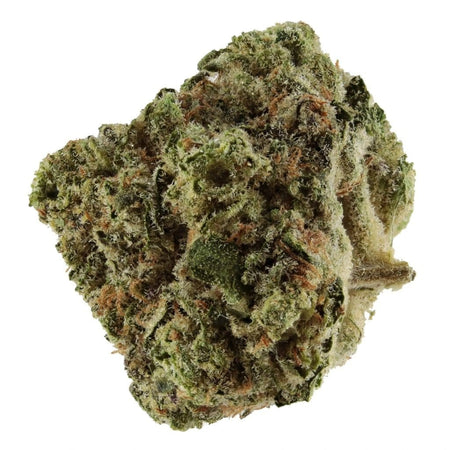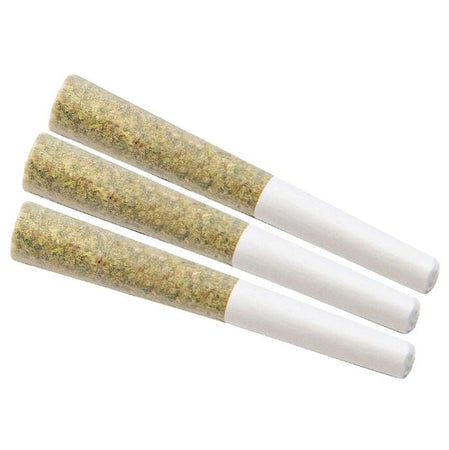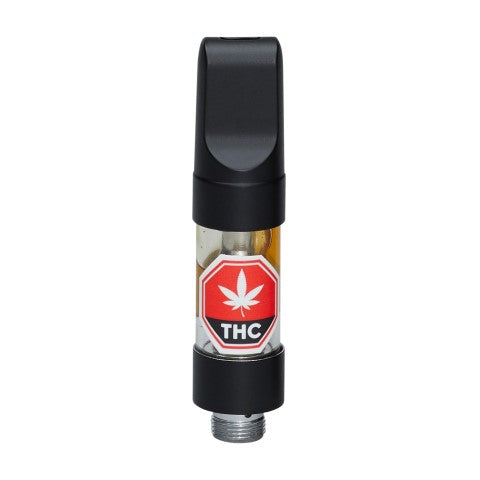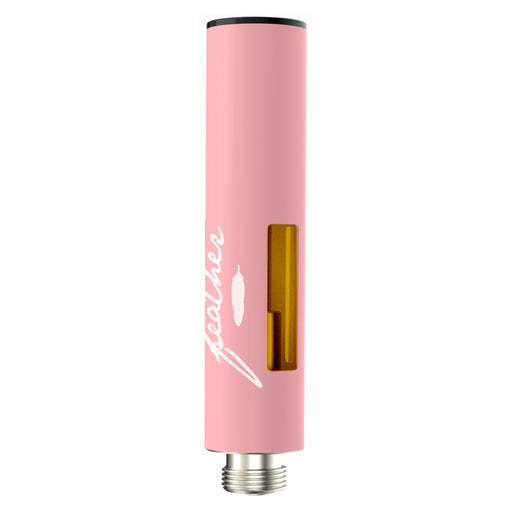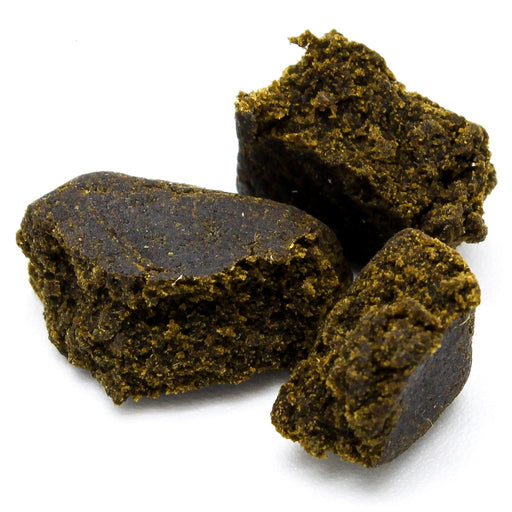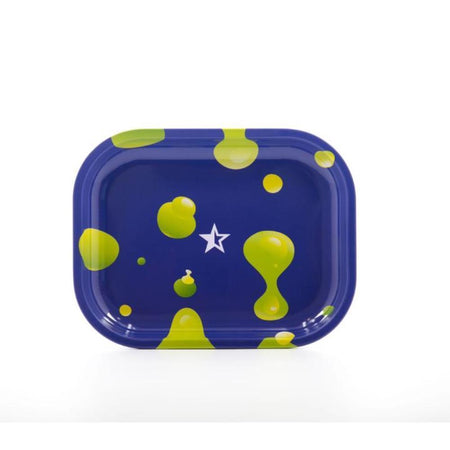Getting Started: Tools, Setup, and Legal Considerations
Before embarking on your home cannabis cultivation journey, it’s crucial to understand the legal landscape. Cannabis laws vary significantly from one region to another. In some areas, home cultivation is permitted under specific guidelines, while in others, it remains strictly prohibited. Ensure you are well-versed in your local regulations to avoid any legal issues. This might involve checking state or provincial laws and understanding the limits on the number of plants you can grow.
Once the legalities are clear, the next step is gathering the essential tools and equipment. A successful home grow operation starts with the right setup. Here are the fundamental items you’ll need:
Grow Lights: Proper lighting is crucial for cannabis growth. LED grow lights are highly recommended due to their efficiency and spectrum control. They provide the necessary light spectrum for different growth stages, from seedling to flowering.
Pots and Soil: Choose pots of appropriate size for your plants. Fabric pots are excellent as they allow for better root aeration. For soil, opt for a high-quality, well-draining mix. Many growers prefer soil that is specifically formulated for cannabis, which includes essential nutrients.
Nutrients: Cannabis plants require a balanced diet of nutrients. During the vegetative stage, they need more nitrogen, while the flowering stage requires increased phosphorus and potassium. There are many pre-mixed nutrient solutions available that cater to these needs.
Ventilation Systems: Good air circulation is vital. Install fans to ensure a steady flow of air, which helps regulate temperature and humidity, preventing mold and pest issues. An exhaust system with a carbon filter can also help manage odors.
Setting up your indoor grow space involves arranging these tools efficiently. Position the grow lights at an appropriate height above the plants, ensuring they can be adjusted as the plants grow. Arrange the pots to allow sufficient space for each plant’s growth and ensure the ventilation system can circulate air throughout the grow area effectively.
Lastly, selecting the right cannabis seeds or clones is essential, especially for beginners. Autoflowering seeds are a good choice as they are less dependent on light cycles and tend to be more resilient. Feminized seeds are also beneficial as they ensure you grow female plants, which produce the buds you are aiming for.
With these tools and considerations in mind, you’re well on your way to starting a successful home cannabis cultivation operation.
Cultivation Process: From Germination to Harvest
The journey of growing cannabis at home begins with germination. This crucial initial step involves sprouting the seeds to prepare them for planting. There are several germination methods you can employ, such as the paper towel method, where seeds are placed between moist paper towels and kept in a dark, warm environment until they sprout. Alternatively, direct soil germination involves planting seeds directly into the soil, ensuring they are kept moist and warm until roots emerge.
Once germinated, the seeds enter the seedling stage. This phase is characterized by the development of the first set of leaves and lasts approximately two to three weeks. It is essential to provide a consistent light cycle of 18 hours of light and 6 hours of darkness, maintaining temperatures between 70-80°F (21-27°C) and humidity levels around 65-70%. Proper care during this stage is vital to establish strong, healthy plants.
Following the seedling stage, the plants transition to the vegetative stage, which can last several weeks. During this period, the plants require more light, ideally 18-24 hours daily, to support robust growth. Temperature should be maintained between 70-85°F (21-29°C) with humidity levels at 40-70%. Nutrient uptake increases significantly, necessitating a balanced diet rich in nitrogen, phosphorus, and potassium. Regular monitoring and adjustments are crucial to prevent issues such as nutrient deficiencies and pests.
The flowering stage is the final growth phase before harvest, typically triggered by altering the light cycle to 12 hours of light and 12 hours of darkness. This stage lasts between 6-12 weeks, depending on the strain. The temperature should be slightly lower, around 65-80°F (18-26°C), with humidity reduced to 40-50%. During flowering, nutrient requirements shift towards higher phosphorus and potassium levels to support bud development.
As the plants mature, monitoring for signs of readiness for harvest is essential. Indicators include the darkening of pistils and the milky or amber appearance of trichomes. Once ready, harvesting involves cutting down the plants and trimming the buds. The drying process follows, requiring a cool, dark space with good air circulation to prevent mold. Finally, curing the buds in airtight containers for several weeks enhances the flavor and potency of the cannabis.
